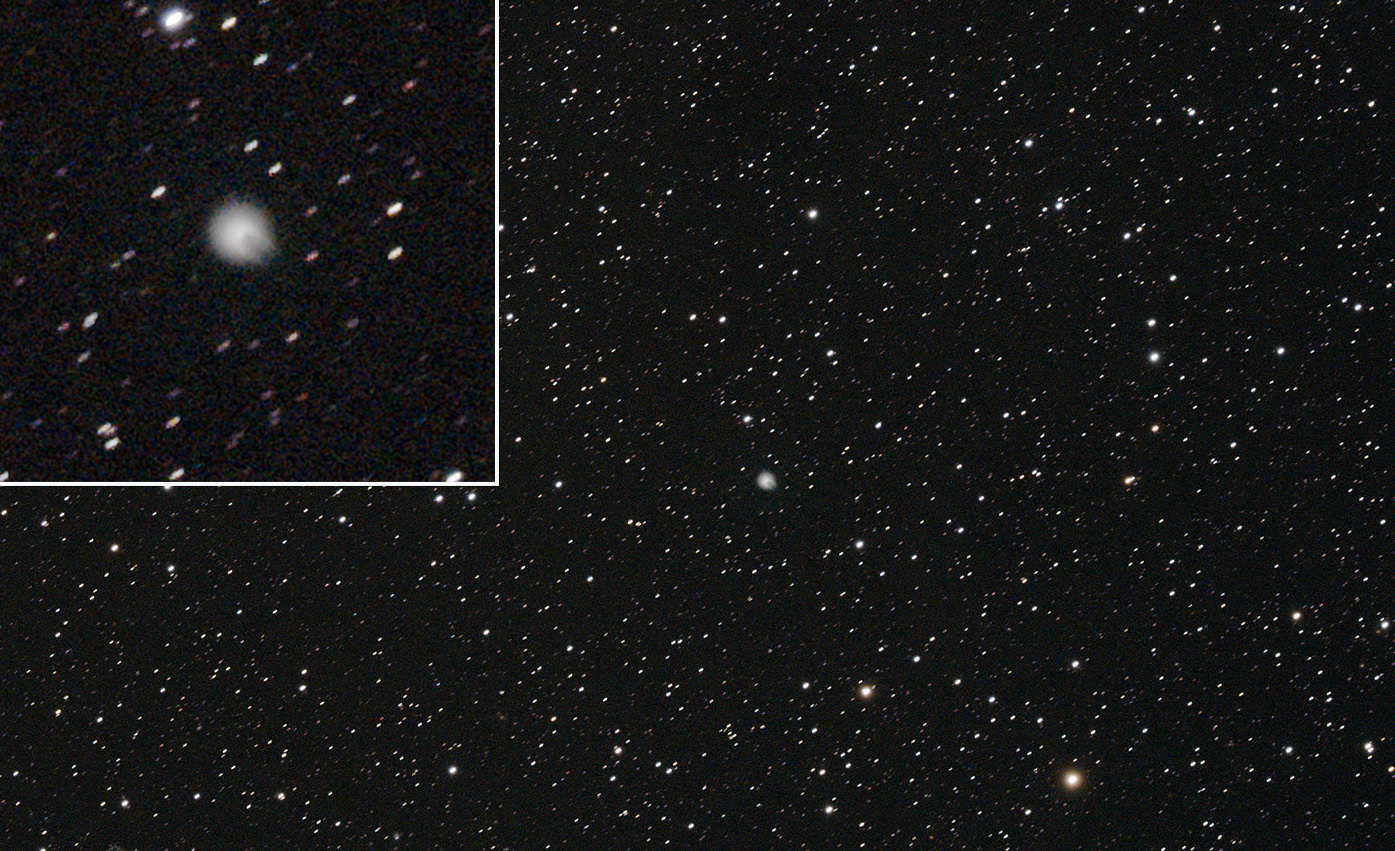
According to NASA, a rare and huge comet known as “devil comet’ is expected to travel by Earth for the first time in 71 years and might be seen during the much-awaited total solar eclipse on April 8.
Officially named comet 12P/Pons-Brooks, the cryovolcanic comet is known as the “devil comet” due to its formation of two “horns” made up of ice and gas and periodic explosions.
Comets are made up of dust, frozen gases, ice and rocks bound together following the formation of the solar system, NASA says.
The comet, named 12P/Pons-Brooks (12P), is a 10.5 mile-wide (17 kilometers) ball of ice and rock that circles the sun on a highly elliptical, or stretched, orbit roughly every 71 years and is currently zooming toward our home star.
Devil comet frequently erupts
Like most other comets, 12P has a core of ice, gas and dust surrounded by a frozen shell, or nucleus. The comet’s nucleus is in turn enveloped by a cloud of icy dust, known as a coma, that slowly leaks out of the comet’s interior.
However, unlike most other comets, 12P is cryovolcanic, meaning that it frequently erupts when solar radiation cracks open large fissures in its nucleus, causing it to spray its highly pressurized icy guts, known as cryomagma, into space.
When this happens, its coma is significantly expanded, which temporarily makes it appear much brighter than normal.
12P hit the headlines in July last year, when astronomers watched it blow its top for the first time in 69 years. Since then it has continued to erupt fairly frequently.
During the initial eruptions, the comet’s expanded coma had an irregular shape, caused by a notch in the nucleus that blocked cryomagma outflow. This made the comet look like it had grown demonic horns, which earned the icy object its sinister nickname. However, during more recent eruptions, these horns seem to have disappeared.
As 12P has gotten closer to the sun, its coma — which has a green hue thanks to high levels of dicarbon (two carbon atoms stuck together) — has become much more visible. It has also grown a sizable tail made of dust and ice that is blown away from the coma by solar wind. As a result, astrophotographers are starting to snap much more striking shots of the comet.
Closest approach to Earth on June 2
12P is currently barreling through the inner solar system at speeds of around 40,000 mph (64,500 km/h).
The comet will reach its closest point to the sun on April 24, after which it will slingshot around our home star and be catapulted past Earth on its way back into the outer reaches of our cosmic neighborhood.
It will make its closest approach to Earth on June 2, around which time it should be visible to the naked eye in the night sky.
Related: Comet Last Seen by the Neanderthals Approaches Earth
See all the latest news from Greece and the world at Greekreporter.com. Contact our newsroom to report an update or send your story, photos and videos. Follow GR on Google News and subscribe here to our daily email!



